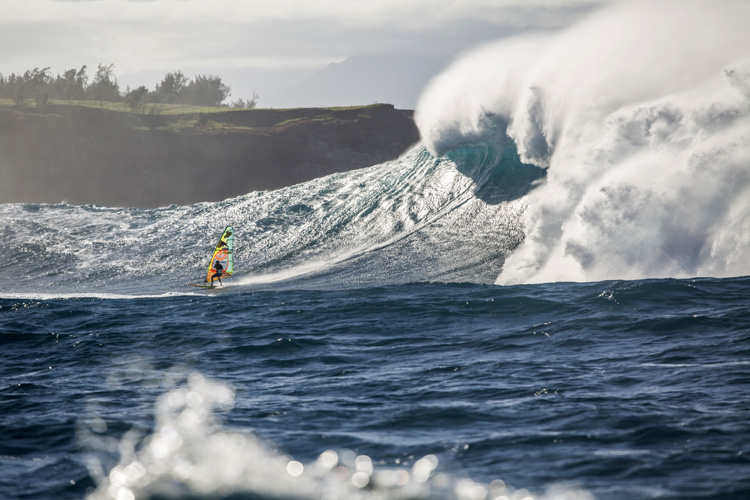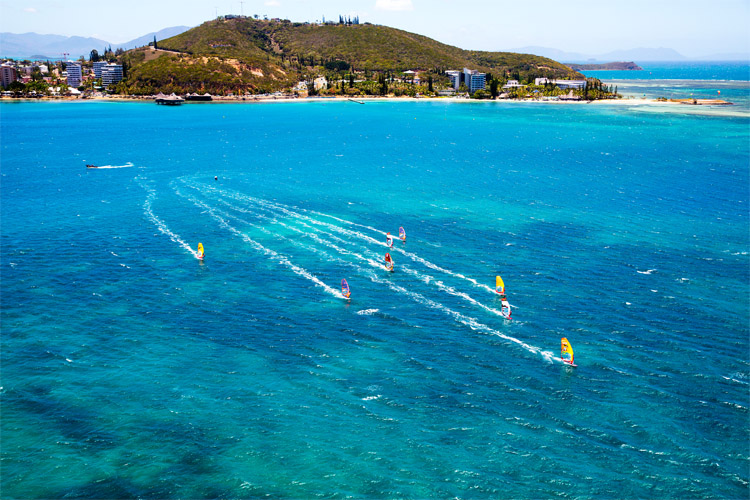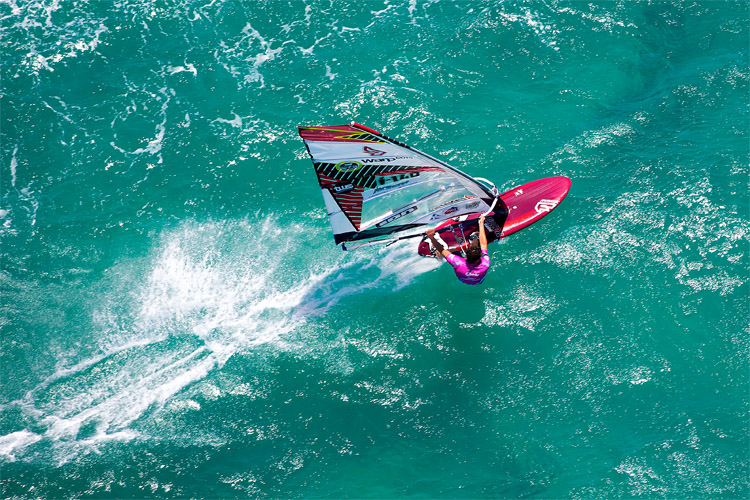Windsurfing is a water sport that combines the characteristics of both sailing and surfing. The windsurfer uses the wind to propel a board forward under his feet and skim across the water.
For many, windsurfing is sailing in its elementary and most enjoyable form - a flexible triangle-shaped sail mounted on a board.
The 20th-century recreational activity has its origins in Polynesian watercraft. Fishermen and sailors used a small sailing boat and sail to navigate the Pacific Ocean water in an upright position.
But modern windsurfing has a different story.
In 1964, Sidney Newman Darby Jr. connected a simple hand-held sail to a wood plank using a universal joint made of nylon rope.
After testing it in a lake, he knew he had developed something different.
According to windsurfing historians, Darby made 200 sailboards, but not all survived a storm that brought flooding.
The first to mass market Darby's innovation were aeronautical engineer Jim Drake and entrepreneur Hoyle Schweitzer via Windsurfing International.
In 1970, their "wind-propelled apparatus" was granted a US patent. The "Windsurfer One Design" had been born.
Despite several patent disputes that lasted more than a decade, windsurfing expanded dramatically in Europe between the 1970s and the 1990s before conquering the world.

Sailboarding Into the Olympics
Windsurfing became an Olympic sport at the Los Angeles 1984 Summer Olympics.
The first-ever Olympic sailboard was the "Windglider," the one-design windsurf board manufactured in Europe by Fred Ostermann.
So, what do you need to windsurf? The windsurfing equipment features a board, sail, mast, and a boom.
There are small and large boards and sails for different wind conditions, types of sailing, and levels of experience.
The windsurfer can sail the rig in the open ocean, rivers, lakes, estuaries, and even indoor swimming pools.
The sport powered by the wind offers several disciplines: slalom and course racing, (big) wave sailing, freestyle, and speed sailing, as well as hydro foiling.
Sailboarding enables riders to perform huge jumps, carve the waves, and accelerate on flat and bumpy waters.

A Growing Wind Sport
Canary Islands, Egypt, France, Florida, North Carolina, California, Netherlands, Greece, Hawaii, Australia, New Zealand, and New Caledonia offer some of the best windsurfing spots on the planet.
Windsurfing is an excitingly accessible boardsport. Boys and girls, men and women of all ages, can start from scratch, by themselves, or by attending a windsurfing school.
The International Windsurfing Association (IWA) is the world governing body for the sport. The competitive circuit is run by the Professional Windsurfers Association (PWA).
The official windsurfing classes, as sanctioned by World Sailing, are Formula Windsurfing, Kona, RS:X, Speed Windsurfing, Formula Experience, Funboard, RS: One, Raceboard, and Techno 293.
